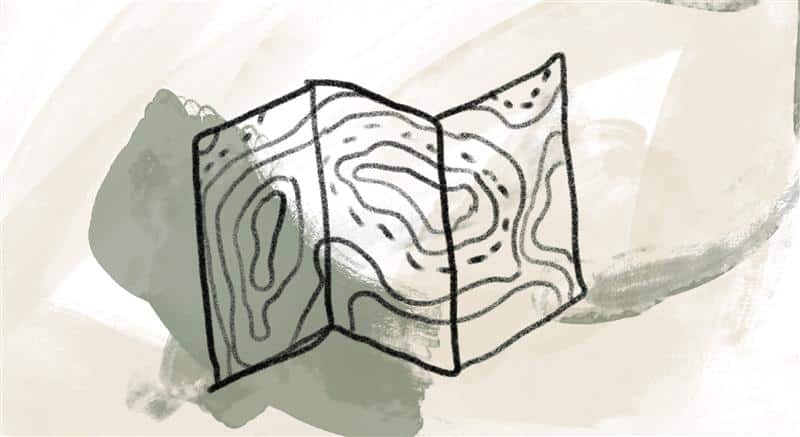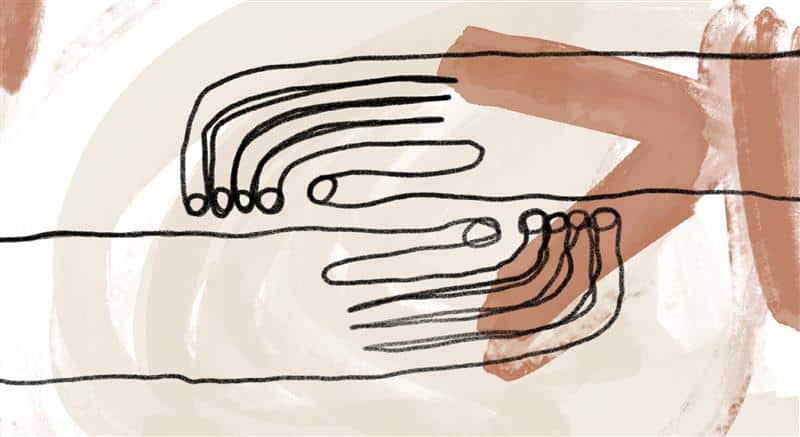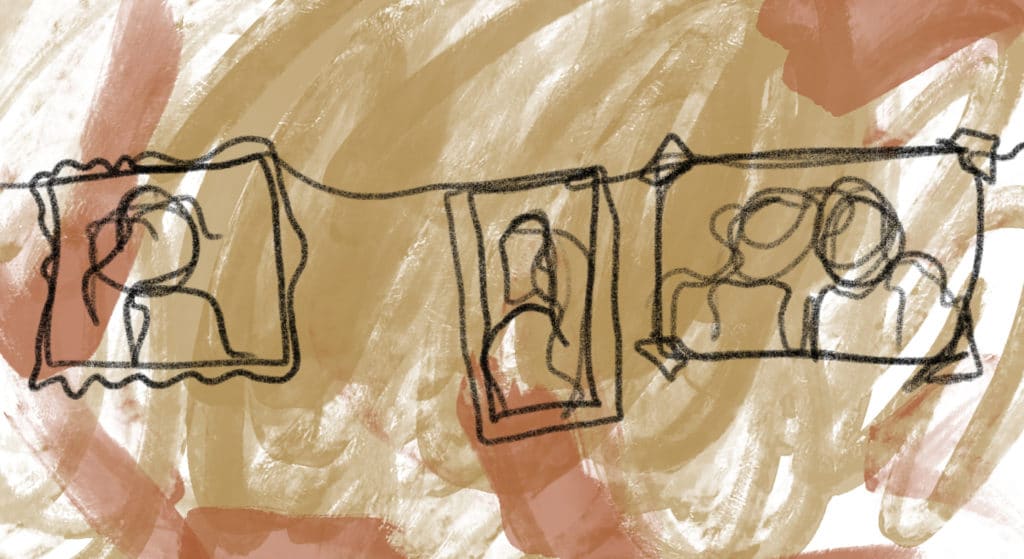
Barbara Holmes identifies sacred space beyond our usual holy environments:
We are told that Jesus hung out with publicans, tax collectors, and sinners. Perhaps during these sessions of music, laughter, and food fellowship, there were also sacred moments when the love of God and mutual care and concern became the focus of their time together. Contemplation is not confined to designated and institutional sacred spaces. God breaks into nightclubs and Billie Holiday’s sultry torch songs; God tap dances with Bill Robinson and Savion Glover. And when Coltrane blew his horn, the angels paused to consider.
Some sacred spaces bear none of the expected characteristics. The fact that we prefer stained glass windows, pomp and circumstance … has nothing to do with the sacred. It may seem as if the mysteries of divine-human reunion erupt in our lives when, in fact, the otherness of spiritual abiding is integral to human interiority. On occasion, we turn our attention to this abiding presence and are startled. But it was always there.
Dr. Holmes finds a welcome and fertile space for the Divine in the arts:
Art can amplify the sacred and challenge the status quo. The arts help us to hear above the cacophony in the midst of our multitasking. The arts engage a sacred frequency that is perforated with pauses. Artists learned … there were things too full for human tongues, too alive for articulation. You can dance and rhyme and sing it, you almost reach it in the high notes, but joy unspeakable is experience and sojourn, it is the ineffable within our reach.
When you least expect it, during the most mundane daily tasks, a shift of focus occurs. This shift bends us toward the universe, a cosmos of soul and spirit, bone and flesh, which constantly reaches toward divinity. Ecclesial organizations want to control access to this milieu but cannot. The only divisions between the sacred and the secular are in the minds of those who believe in and reinforce the split….
All things draw from the same wellspring of spiritual energy. This means that the sermonic and religious can be mediated through a saxophone just as effectively as through a pastor…. How can this be?… [Can] tapping feet and blues guitar strokes … evoke the contemplative moment and call the listener to a deeper understanding of inner and outer realities?… The need to create impermeable boundaries between the sacred and the secular is … a much more recent appropriation of western values….
Historically, most efforts to wall off the doctrinal rightness and wrongness of particular practices failed. Instead, hearers of the gospel inculturated and improvised on the main themes so as to tune the message for their own hearing. Given Christianity’s preferential option for the poor, the cross-pollination of jazz, blues, and tap with church music and practices could be considered the epitome of missional outreach and spiritual creativity.
Reference:
Barbara A. Holmes, Joy Unspeakable: Contemplative Practices of the Black Church, 2nd ed. (Minneapolis, MN: Fortress Press, 2017), 183–184, 185.
Image credit: A path from one week to the next—Taylor Wilson, Madonna and Messiah (detail), ink, used with permission. Alma Thomas, The Eclipse (detail), 1970, acrylic on canvas, Smithsonian. Alma Thomas, Snow Reflections on Pond (detail), 1973, acrylic on canvas, Smithsonian. Click here to enlarge image.
Creation is sacred space; the multi-colored spot of paint on canvas echoes the light through a stained-glass window.
Story from Our Community:
My sacred space is our kitchen. Each morning, I sit quietly to journal, read, and reflect on the CAC Daily Mediations. My kitchen is the space where I open my heart to the new day. —Patricia S.




